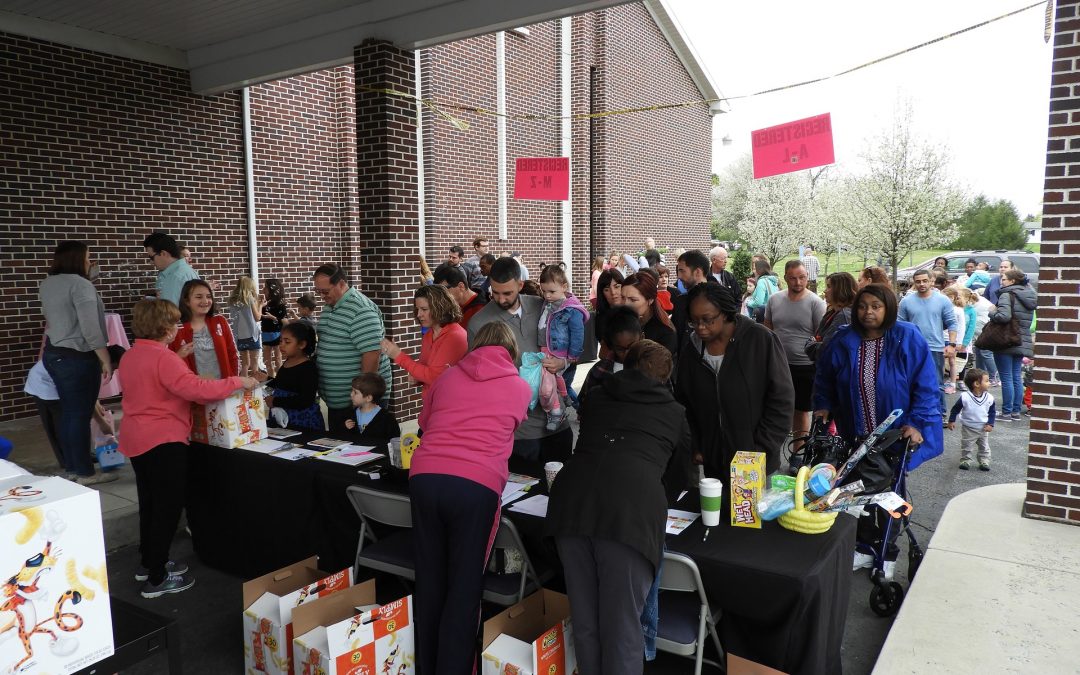‘Tis the season. Not just for celebration… but for people to show up in droves to volunteer over the holidays. Together with an increase in required community service for students and the spike in employee engagement, these holiday volunteers are part of a national surge in episodic volunteering.
Data supports this, as despite the rise in volunteer rates in the latest Volunteering In America report, the number of hours volunteers contribute on average each year continues to drop. So, as we often say at VQ, we have a choice: Leverage this trend or choose to work despite it. Here are a few tips and a new tool to help you leverage this trend by structuring one-time volunteer opportunities so that you can transform some of the volunteers from episodic to ongoing commitments.
As you design your episodic volunteer opportunities – whether it’s serving holiday meals this month or planning for spring playground clean ups next year – be sure to cover these three steps in your design:
- Setting Your Purpose
- Planning
- Follow-Up
Setting Your Purpose
The first step in ensuring this is strategic and meaningful for everyone involved is to consider: How will you measure success? For your clients or beneficiaries, success may be meals served, people visited, animals adopted, or even tons of mulch spread across your community’s parks in a spring clean-up. For the organization, you may be seeking awareness-raising, saving staff time, making capital improvements, or even new volunteers recruited. For the volunteers, success could be gaining carpentry skills in a building project or the chance to strengthen their work team through meaningful volunteering. How will you measure success?
Planning
Planning involves setting expectations and structuring the day for success. It is vital to ensure that both your organization and the volunteers are prepared and understand each other’s role – that everyone has realistic expectations. That starts long before the service day or project begins. Consider how much information to share so that volunteers understand their role on the day of service, how to dress, whether they will be interacting with clients, and the difference their contributions are expected to make. Additionally, plan for how you will share future volunteer opportunities with the day of service volunteers so, if they have a positive experience, they will feel invited and encouraged to share their time on a more ongoing basis.
Structuring the day is another important part of planning. Implementing the day of service does not have to fall on the shoulders of staff alone. How can you develop volunteer team lead roles and engage volunteer leaders to welcome, onboard, and support day of service volunteers? Those leaders should be clear on their primary responsibilities. Is it cultivation and recruitment or managing the project? This ties back to the primary purpose of the opportunity.
Following Up
Finally, long before the day of service, consider how you will follow up with the volunteers. If you plan to share a thank you and impact statements via email, then be sure to negotiate with the group lead that you have access to individuals’ email addresses. If you would like to make a personal pitch, plan for an “offboarding” presentation at the end of the day and be sure you have a staff or volunteer leader who can thank the volunteers, communicate how their efforts help you drive mission, and share a bit about other opportunities along with ways to stay connected with this work.
One of the most important aspects of following up is to think about how you will measure impact and share it. There are many ways to do so, but once you decide, be sure to share the information with your event volunteers and with your community partners who organize and bring groups of volunteers. Knowing that they made a difference is key motivator for volunteers – so understanding how their 3 hours of service contributes to something bigger will likely be the biggest factor in transforming them from one-timers to ongoing or repeat volunteers.
Download our new “Transforming Days of Service Into Ongoing Engagement” checklist to help you plan your next Day of Service.
